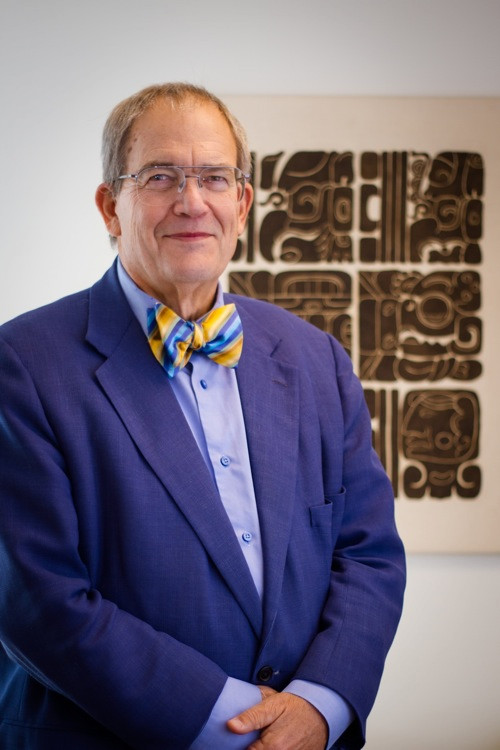Maya Scholars, NASA Scientists Debunk Apocalypse Claims

Both Maya scholars and NASA astrobiologists are in agreement: The world will not end on December 21.
Friday is thought to be the day that the Long Count calendar used by the Maya turns over from 12.19.19.17.19 to 13.0.0.0.0, marking 13 b'ak'tuns -- with each b'ak'tun representing 144,000 days -- since the creation of the Earth in Maya theology. The calendar is based largely on increments of 20: twenty days is called a 'winal' or 'uinal'; eighteen winals adds up to one 'tun'; twenty tuns are in one 'k'atun'; and twenty k'atuns add up to one b'ak'tun.
Walter Witschey, an anthropologist at Longwood University in Virginia, points out that in all the Maya carvings and paintings discovered so far, the upcoming calendar turnover is only mentioned twice, and it's not connected with any apocalypse. One carving found in Guatemala, in the remains of an ancient city, refers to the date to emphasize how important and grand a certain Maya king was.
“The best analogy to a modern translation would be something like: 'Our leader, George Washington, is so important that we will still be talking about him in the year 3,000,'” Witschey said in a phone interview.
Another important thing to remember, Witschey says, is that matching the Maya calendar to our own is not a simple task. Unlike the Gregorian calendar, the Maya did not seem to use leap days to account for Earth's orbit, which is slightly longer than 365 days. As a result, the end of the current Long Count cycle could correspond with December 21, but it could also actually happen on December 23 or 24, according to Witschey.
Variants of the Long Count calendar also make references to even longer units of time, corresponding to millions of years. This suggests that the Maya and other Mesoamerican societies were expecting the world to go on for much longer than the current b'ak'tun changeover.
Though the Maya didn't seem to think the world was going to end in the current cycle, they were fascinated by portentous dates, just as we are today. In Tik'al, one of the larger Maya cities, there's evidence of a celebration for when the calendar rolled over to 9.15.0.0.0 and other dates ending in zeroes. The Maya set up a structure with palatial rooms, pyramids and shrines that took up an area of about half a football field, Witschey says.
Witschey expects that the Long Count changeover won't bring anything out of the ordinary; he plans on having a normal Christmas.
Meanwhile, NASA astrobiologist David Morrison has posted more than 400 answers to questions about the possibility of a world-ending event on December 21. Rumors about how the Earth will be destroyed are wide-ranging -- a rogue planet, asteroid or comet crashing into the Earth, a planetary alignment that will plunge all of humanity into another dimension, or a supposed "photon belt" that will plunge the Earth into darkness for three days.
All of these rumors are completely false -- if there were any kind of celestial object about to smack into our planet, not only would NASA have already picked up on it, it would be visible in the sky by now. The planets of our solar system are not aligning in 2012, or at any point over the next few years (in December, the Earth and our sun will be aligned with the center of the Milky Way in the constellation Sagittarius, but this happens every year). There is no such thing as a "photon belt," and it's unclear exactly how one could use such a belt to turn off the sun.
Basically, December 21 will be a day like any other.
“As we get closer to this date, the world of the doomsday believers keeps getting weirder. I will be glad when this is over!” Morrison wrote on December 11.
Big dates like this tend to attract the self-proclaimed doomsayers and profit-takers, Witschey says. This latest supposed apocalypse isn't exactly the first time a bunch of zeroes have sparked doomsday fears.
“We all went a little nutso at the year 2000,” he says.
© Copyright IBTimes 2024. All rights reserved.




















